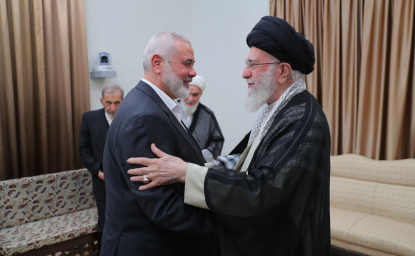The International Center for the Study of Radicalization and Political Violence (ICSR) at King's College London has released results of a report estimating that more than 20,000 foreign fighters have joined Sunni militant groups in Syria and Iraq. The figure now exceeds the number of foreign fighters who fought in Afghanistan in the 1980s, “the largest mobilization of foreign fighters in Muslim majority countries since 1945,” according to ICSR and the Munich Security Conference. Almost 20 percent are nationals or residents of West European countries. The following data on foreign fighters by country, compiled by ICSR, is included in the Munich Security Report.
Western Europe
Country
Estimate
Per capita*
Austria
100-150
17
Belgium
440
40
Denmark
100-150
27
Finland
50-70
13
France
1,200
18
Germany
500-600
7.5
Ireland
30
7
Italy
80
1.5
Netherlands
200-250
14.5
Norway
60
12
Spain
50-100
2
Sweden
150-180
19
Switzerland
40
5
United Kingdom
500-600
9.5
*Up to; per million population.
The Rest of the World
Country
Estimate
Afghanistan
50
Albania
90
Algeria
200
Australia
100-250
Bahrain
12
Bosnia
330
Canada
100
China
300
Egypt
360
Israel/Palest. Territories
120
Jordan
1,500
Kazakhstan
250
Kosovo
100-150
Kuwait
70
Kyrgyzstan
100
Lebanon
900
Libya
600
Macedonia
12
Morocco
1,500
New Zealand
6
Pakistan
500
Qatar
15
Russia
800-1,500
Saudi-Arabia
1,500-2,500
Serbia
50-70
Somalia
70
Sudan
100
Tajikistan
190
Turkey
600
Turkmenistan
360
Tunisia
1,500-3,000
Ukraine
50
United Arab Emirates
15
United States of America
100
Uzbekistan
500
Yemen
110
Click here for ICSR's complete findings and information on its methodology
Click here for the 2015 Munich Security Report




